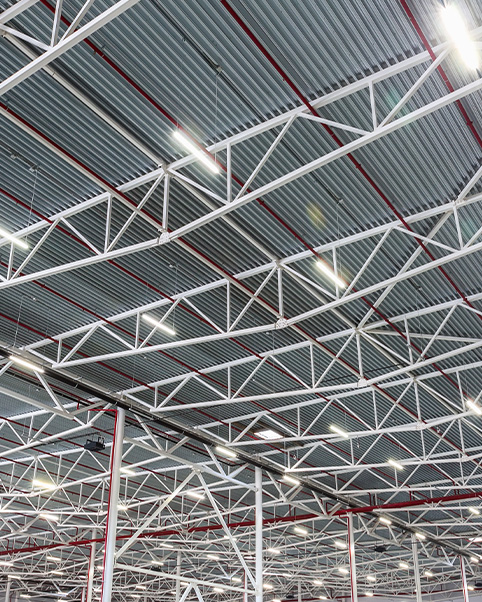Why is Now the Time for LED Lighting Upgrades?
As the country focuses more on greening initiatives, we can help you stay ahead of the curve. Advanced Energy Group can retrofit or completely replace your existing lighting in the most energy efficient way possible. Our turnkey commercial lighting upgrades can save you money through improved light quality, reduced maintenance and increased control.
Improved Commercial Lighting Quality
If you haven’t made the switch to LED lighting, now may be the time. According to the U.S. Energy Information Administration, LEDs offer improved efficacy and color quality when compared to traditional incandescent bulbs in commercial lighting settings.
Incandescent bulbs are heat based, meaning the filament needs to warm up before the full effect of the light can be seen. Believe it or not, these traditional bulbs release 90% of their energy as heat. Conversely, with LEDs, light transmission is the primary goal, meaning the warm up time and potential for flickering are virtually eliminated.
LEDs also emit light in a specific direction, which removes the need for reflectors and diffusers that are present in traditional bulbs. You get a much more efficient, directed and controllable light in a smaller package.
Higher Efficiency with Commercial LED Lighting Upgrades
There is a higher upfront cost associated with LED lights, but that can be offset through reduced maintenance, utility incentives and better energy output. LEDs have an extremely long life expectancy, approximately 25 to 35 times longer than a standard bulb, so you won’t have to replace or repair them nearly as often.
The U.S. Department of Energy cites LED lights as using 75–80 percent less energy than traditional bulbs. That’s a major difference you should notice on your energy bill in the long run. To help offset the immediate upfront costs, we will coordinate with your utility company to find out which utility assistance programs you qualify for.
Lighting Controls
AEG can also provide extensive control over your new commercial LED lighting systems through lighting controls and integrated technologies. These measures include:
- Photocells
- Timers
- Occupancy sensors
- Networked lighting controls
Essentially, your LEDs can be controlled automatically as your demands for lighting change. Occupancy sensors can turn off the lights in unoccupied areas and dimmers can limit the light output as more natural sunlight becomes available during the day.
With a networked system, you control the power. Networked controls are the future of the energy industry, with occupancy sensors, daylight harvesting sensors and high/low end trim lighting. Each of these evolving technologies works to control the power and intensity of lighting with minimal user intervention. In the coming years, these advancements will be a major focus of utility companies when it comes to incentivizing green technology.


